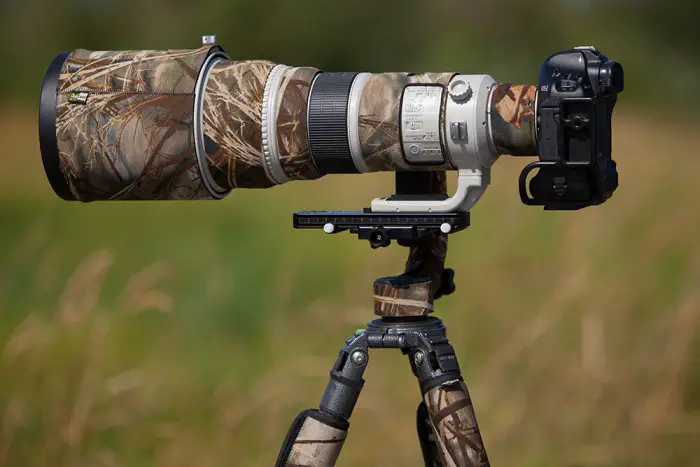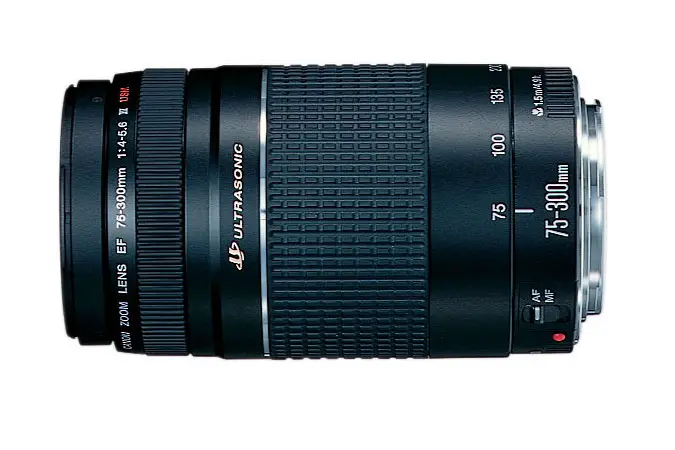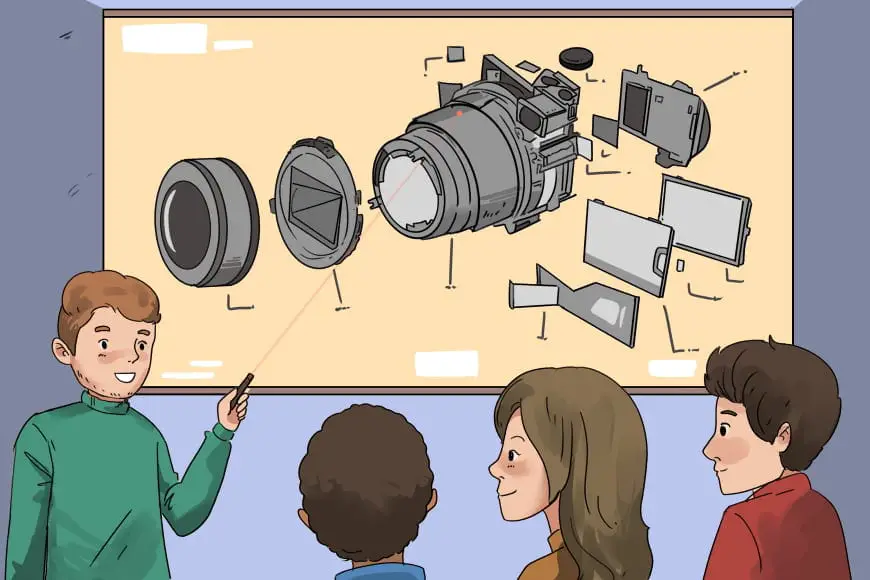
A telephoto lens enlarges things – everybody knows this. Most people believe that these lenses can only be used for photographing distant objects. It is, indeed the primary use for a telephoto lens, but you have a whole range of different possibilities.

What Is a Telephoto Lens?
A telephoto lens is a particular type of long-focus lens where the physical length is shorter than the focal length of the lens. This is enabled by incorporating the so-called telephoto group that expands the light path to produce a long-focus lens in a smaller design.
Keep in mind that long focal length lenses are not the same as telephoto lenses although they are often referred to as one.
Telephoto lenses are often divided into two categories: medium telephoto (they cover 30-degrees to 100-degrees fields of view) and super telephoto (they cover between 8-degrees through less than one-degree fields of view) lenses.
Great Ways to Use a Telephoto Lens
1. Bring subjects closer
These lenses’ construction can make objects that far away appear like they are closer together. This actually bears the name of “telephoto effect”. This lens can give the illusion that two or more subjects that are far apart from each other are very close.
2. Capturing wildlife
A telephoto will close the distance between the photographer and its subjects. This makes it ideal for wildlife photographers. We all know that capturing animals on camera can be tricky, as you can’t always get too close to them without scaring them off. With a telephoto, you get to keep a proper distance and still shoot a clear, sharp image, just as you would by being a few feet from your target.
3. Good enough for astrophotography
Not everyone can afford a decent telescope for astrophotography. The good news is – your telephoto lens can do a pretty good job, too. You can still catch the viewer’s eye with your astronomical photographs by using a big enough lens. All you need is an SLR body, a lens, a tripod, a remote shutter release, and good weather conditions.
4. Shooting action

This lens is the best solution when you’re out shooting a sports event and can’t get too close to the field or the track. Let’s say you’re at a motorsport event or an aviation demonstration – panning with telephoto lenses can offer stunning pictures of any moving subject. Shooting sharp image can be a bit difficult at first, and a lot of test shots are in order. Over time, you will perfect your technique.
5. Great for portraits
These lenses are used with great success for portraits, especially when you want to close in on your subject. Shooting from the shoulder up with a long focal length will get rid of any distortion and all focus will be placed on the subject. This means that the background will be thrown out of focus, and you’ll see that nice blur that sets a well-constructed portrait apart from the usual point-and-shoot flat images.
6. Filling the frame
If you’re not looking to have too much background in your photograph, you can use a telephoto to fill your frame. If you want to focus on your subject – be it a human, animal, plant, or anything else – you can take advantage of the zoom capabilities of your lens. You can get frame-filling shots by pulling the distant object close to you.
7. Macro
If you don’t have a macro lens and you’re not too keen placing yourself into a difficult position to get a shot, use a telephoto lens. Telephoto lenses, combined with extension tubes, will enable some unique perspectives that may satisfy some of your macro photography needs.
Technical Tips – How to Set Up Your Lenses

Aperture
The camera’s aperture setting must increase the closer you get to your subject. The necessity becomes even clearer as you zoom to the lens longest focal length to capture a subject that is not flat (humans or wildlife, for example).
When you don’t want to fill the frame with your subject too much, you can set the f-number to a low aperture figure.
Shutter Speed
Many people using telephoto lens prefer to use it handheld. If doing so, make sure that the shutter speed exceeds the focal length. This will provide better chances of capturing a sharp image when not using a tripod.
Focus
If your lens has a focus limit switch, set it right. Low figures mean that the camera will focus on close subjects while higher figures mean that it won’t bother focusing on anything closer than that limit. Setting the switch right will enable your camera to focus faster because it will know what you are aiming to shoot. You may have also encountered problems when trying to focus on an object but the lens has not been able to focus on it. This is another reason why you must set the correct metering.
Affordable Canon Telephoto Lens
Canon EF 75-300 f/4-5.6 III

This lightweight lens is perfect for day-to-day use. It’s compatible with both full-frame and cropped bodies, and it’s the go-to telephoto lens for entry-level models. The minimum focus distance is set at 4.9’ throughout the zoom range. It’s ideal for portraits because of the attractive bokeh it offers.
Canon EF-S 55-250mm f/4-5.6 IS STM
This is a good lens for those on a budget but who are looking for high-quality optics. The Image Stabilization feature prevents camera shake by up to 3.5 equivalent stops to support handholding in low-light conditions.
The STM stepping focus motor provides smooth and quiet focusing and the benefits show when tracking moving subjects. The full-time manual focus will allow for fine tuning even when working in AF modes.
Affordable Nikon Telephoto Lens
Nikkor AF-S DX VR 55-200mm f/4-5.6G IF-ED

This Nikkor lens was specially designed for entry-level SLRs and it is not compatible with FX bodies. The Vibration Reduction feature reduces camera shake for sharp and clear images. It’s ideal for sports or people photography because of the low blur.
Nikkor AF-S DX VR 55-300mm f/4.5-5.6G ED VR
This 5.5x telephoto zoom lens offers a focal range of 82.5-450mm and features a built-in auto-focus motor. The second-gen Vibration Reduction system provides sharp results even when handholding the lens. This affordable lens is perfect for both entry-level users as well as more skilled photographers.





